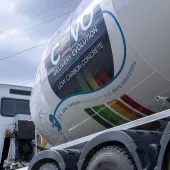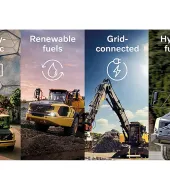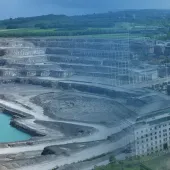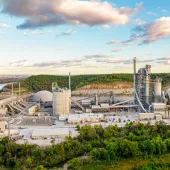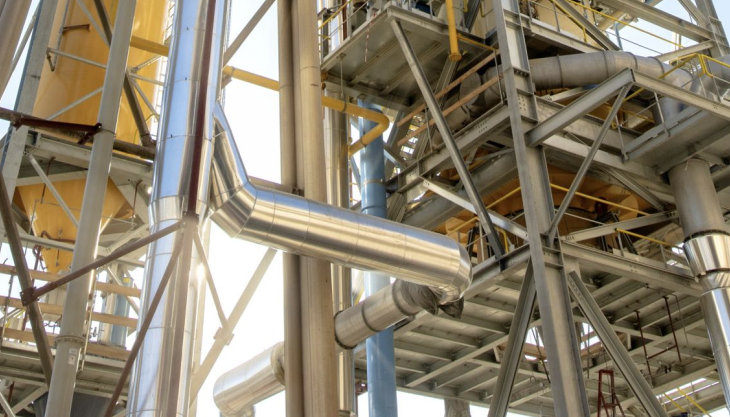
Company advancing the development of innovative technologies to reduce carbon dioxide emissions
AFTER very good results from the first phase of the LEILAC (Low Emissions Intensity Lime And Cement) project, HeidelbergCement are starting the further development and scale-up of the LEILAC technology together with Australian technology company Calix and a European consortium.
The patented LEILAC process makes it possible to capture high-purity CO2 from cement production via a separate exhaust gas stream and to utilize it for other purposes.
Two-thirds of the CO2 emissions of a cement plant are process-related emissions generated during the heating of limestone and are, therefore, unavoidable.
‘The LEILAC 2 project is an important element of our sustainability strategy. It shows that it is possible to significantly reduce the ecological footprint of cement production,’ said Dr Dominik von Achten, chairman of the managing board of HeidelbergCement.
Central aspects of the LEILAC 2 project are the further scale-up of the technology to an industrial level, the full process integration into an existing cement plant, and the heat supply of the plant from renewable energies for climate-neutral CO2 separation.
Like its predecessor, LEILAC 1, the LEILAC 2 project is based on Calix’s innovative calcination technology and is supported with €16 million from the EU research funding programme Horizon 2020.
As part of LEILAC 1, a CO2 separation pilot plant with a capacity of 25,000 tonnes per year was constructed at the HeidelbergCement plant in Lixhe, Belgium.
In LEILAC 2, a plant around four times this size is to be operated in a HeidelbergCement plant in Western Europe, which has yet to be determined. The project, including planning, construction, commissioning and extensive test runs, is scheduled to be completed by 2025.
In addition to LEILAC, HeidelbergCement are involved in a large number of other research projects, such as the ‘Northern Lights’ project in Norway and the German ‘Catch 4 Climate’ project with cement industry partners.
The company has committed to reduce its own specific net CO2 emissions per tonne of cement by 30%, compared with 1990, by 2030. This target has been approved by the Science Based Target initiative (SBTi) and is in line with the goals of the Paris Agreement, making HeidelbergCement the first cement company worldwide to have approved science-based CO2 reduction targets.
By 2019, HeidelbergCement had already achieved a reduction of 22%, and the company has announced that by 2030, 80% of its research and development budget will be spent on the development of sustainable products, allowing it to realize its vision of carbon neutral concrete by 2050 at the latest.
In January this year, the internationally renowned Carbon Disclosure Project (CDP) awarded HeidelbergCement a place on the Climate Change A-List 2019, making them the only cement manufacturers to be recognized for their commitment to combating climate change.



